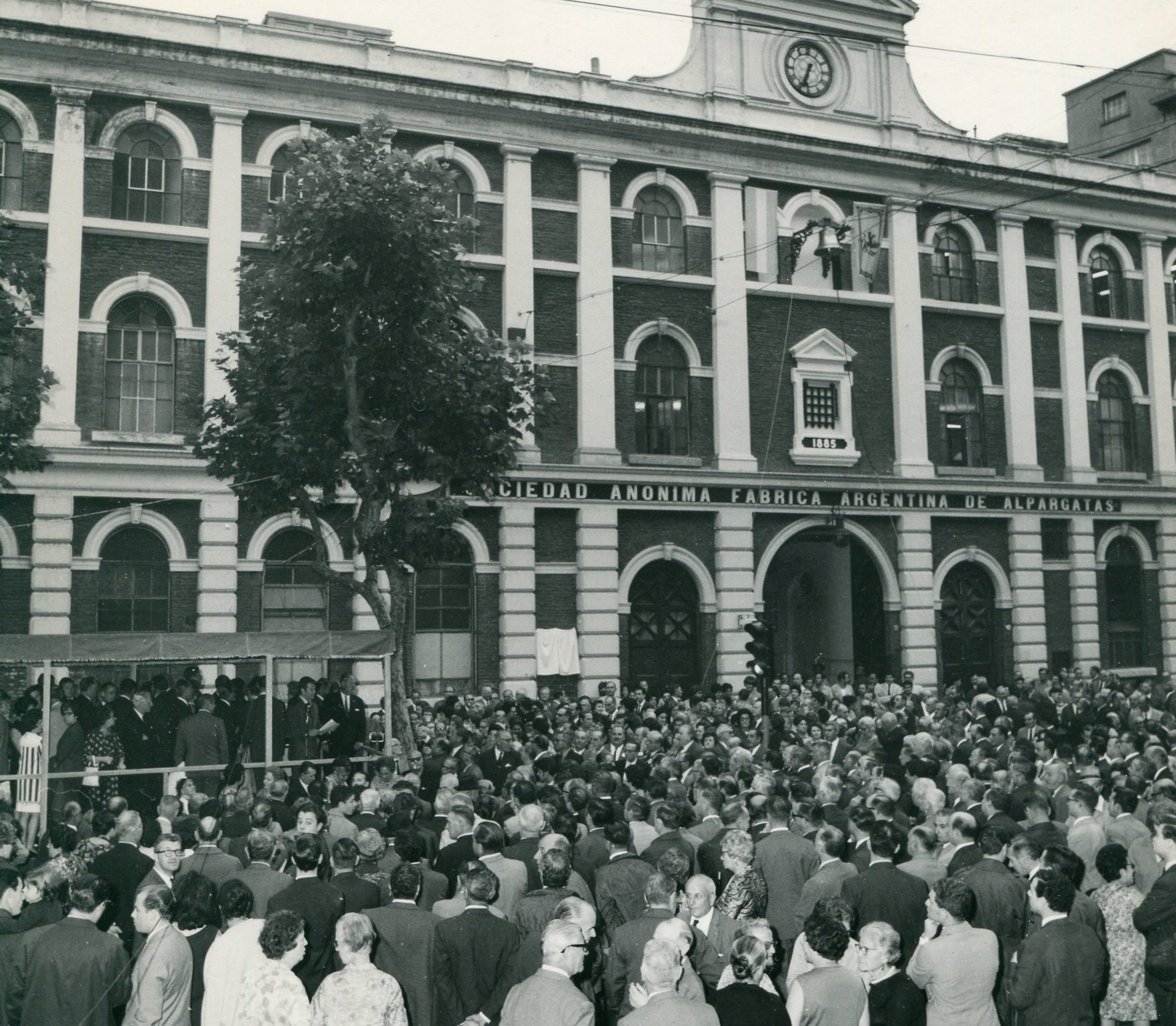A pioneering invention which stamped an Angus family’s legacy in Argentina could come home.
Simon Fraser wants a candlewick plaiter to return from the Science Museum in Kensington to be put on permanent display.
Douglas Fraser and Sons from Arbroath was established in the early 1830s before expanding their business into Argentina after Mr Fraser’s youngest son Norman invented a machine for plaiting jute to make candlewick in 1881.
The firm was looking for ways to diversify and through a Basque entrepreneur with links to Argentina they identified an opportunity for mechanising the production of jute-soled shoes called Alpargatas using this technology.
The factory built as a result in 1885 still stands just a couple of blocks from the Boca Juniors football ground La Bombonera where it displays a plaque with the heraldic portcullis of Arbroath.
Mr Fraser, whose grandfather Norman was Douglas Fraser’s youngest son, said: “As a child in the early 1960s, I was taken to the Science Museum in Kensington to see a candlewick plaiter, built according to Norman Fraser’s patent design.
“By the 1990s, when I came to take my own children to the Science Museum, the machine was no longer on display, doubtless due to the reduced significance of the British textile industry.
“I learned it was in storage in Wiltshire.
“My view was that, if the machine was no longer of national importance, it should at least be displayed back home where it is an example of such an important component of the town’s history.
“We are lucky that it has been conserved for 127 years and I hope it can again see the light of day somewhere where it will both be looked after and where it will have a relevance for the local community.”
After initial struggles, the business in Argentina took off and spawned sister companies in Uruguay and Brazil and it became a vast enterprise.
The key to the success was the plaiter and these machines were still operating in Buenos Aires in 1967.
A significant number of Arbroathians went to South America to work for these companies and the Frasers imposed restrictions whereby Alpargatas could only purchase machinery manufactured in Arbroath.
Mr Fraser said: “There are 100,000 people of Scottish descent in Argentina but the role the Scots played in the rapid growth of the country’s economy is less well known than that of countries from the former British Empire.
“The growth of Alpargatas, using Scottish talent in textile engineering, finance and merchantry, in the latter part of the 19th century and on into the early 20th century, to become one of the largest firms in that country typifies that enterprise and the significant part which Tayside was able to play in the growth of the country.
“This development took place at the very time when Argentina was booming to become one of the largest economies in the world.
“The plaiter does not merely symbolise the success of the Scots in Argentina — it was key to the Alpargatas success story.”
Mr Fraser has been trying to encourage Angus museums service to obtain the machine and has also contacted Verdant Works in Dundee.
